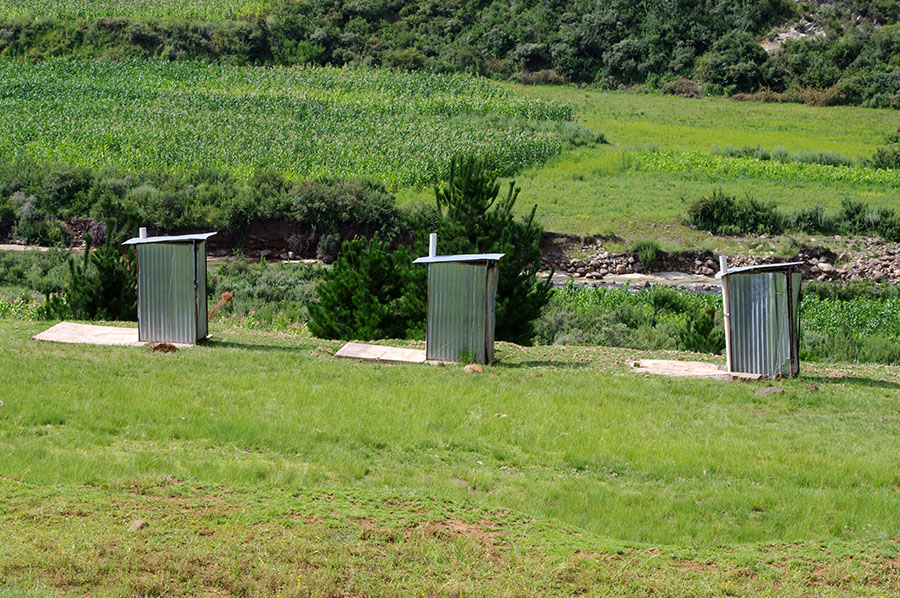
NRI Professor Robert Cheke has written a report that will contribute to the Africa Adaptation Programme (AAP) of the United Nations Development Programme (UNDP) on the possible climate change effects on health in Lesotho.
The report is the output on 'health issues' of the AAP's project entitled "Supporting integrated and comprehensive approaches to climate change adaptation in Lesotho".
Lesotho, landlocked in South Africa, suffers from periodic droughts and floods and is considered to be one of the African countries most vulnerable to climate change. It is likely that annual temperatures will increase by 2 - 2.5°C by the middle of this century and rainfall will become more variable.
The AAP is seeking to strengthen Lesotho's ability to withstand catastrophes such as floods, but also to cope with the indirect effects of climate on the health of the country's population of 2.2 million.
Rainfall and temperature data for all 10 districts of Lesotho were collated and analysed. The results suggested that the climate will not change uniformly throughout the country; some districts will become drier and colder whereas most will become warmer with increased variation in rainfall.
It was concluded that the most serious threats from climate change will be from water-borne diseases such as diarrhoea, typhoid and hepatitis A, exacerbated by increased rainfall and floods, with pneumonia an associated threat.
The report recommends a number of measures, which should be the focus of adaptation activities, including strengthening water and sanitation provision (eg. By providing more latrines at schools such as those in the photograph). Disease data collation and management should be improved so that health statistics on all of Lesotho's diseases are readily available.
Furthermore there should be improved forecasting of and responses to climate influenced disease outbreaks. Capacity development is also needed in prevention of water-borne diseases. It was suggested that an early warning system of likely outbreaks of diarrhoea and pneumonia following above average rainfall in June-October could be established.

